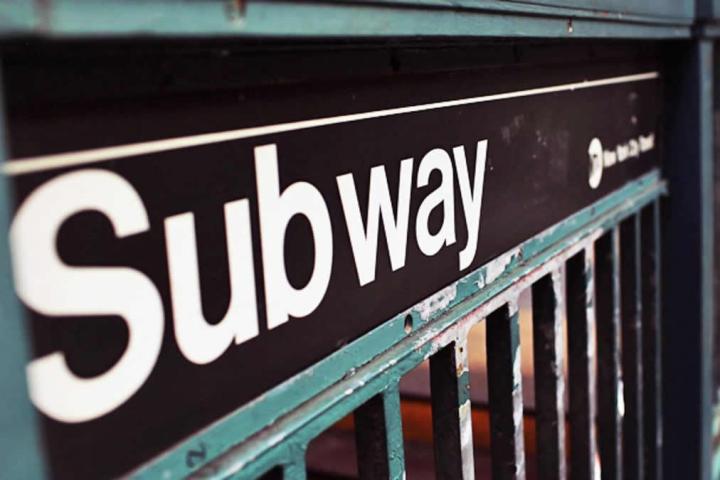
The metrocard, which replaced the token system back in 2003, has certainly overstayed its welcome in the minds of many commuters in the Big Apple, and now there’s a “New Fare Payment System” slated to begin in 2018. Full implementation, however, probably won’t take place until 2020 or beyond.
But as slow as things may be moving, the process has at least begun. The MTA has now officially put out a request for proposal, which states that the agency “is seeking a Systems Integrator to design, furnish, install, test, integrate and implement an account-based new fare payment and collection system based on open bank card payment industry standards that will utilize contactless media, including contactless smart cards and mobile devices.”
$419 million will be allocated to the new system through 2019, and the contract with the private vendor ultimately chosen for the honor of effectively becoming the gatekeeper to the busiest city in America will last a whopping 69 months. And that’s probably a conservative estimate. The MTA, after all, isn’t exactly known for its timeliness.
But it’ll likely be worth the wait. According to the MTA, this new system will feature an “integrated, reliable and convenient fare payment and collection system to allow bus and train customers to pay fares by tapping a contactless bank card, smartphone or any mobile device, or MTA issued smart card against an electronic reader.”
So get excited, New Yorkers. The city is finally joining the 21st century — we just don’t know quite when yet.
Editors' Recommendations
- 100 greatest TV series of the 21st century revealed in BBC poll
- Amazing bird-identifying A.I camera brings birdwatching into the 21st century
- Apple Pay, Google Pay will work with MTA’s tap-and-pay system for NYC transit


